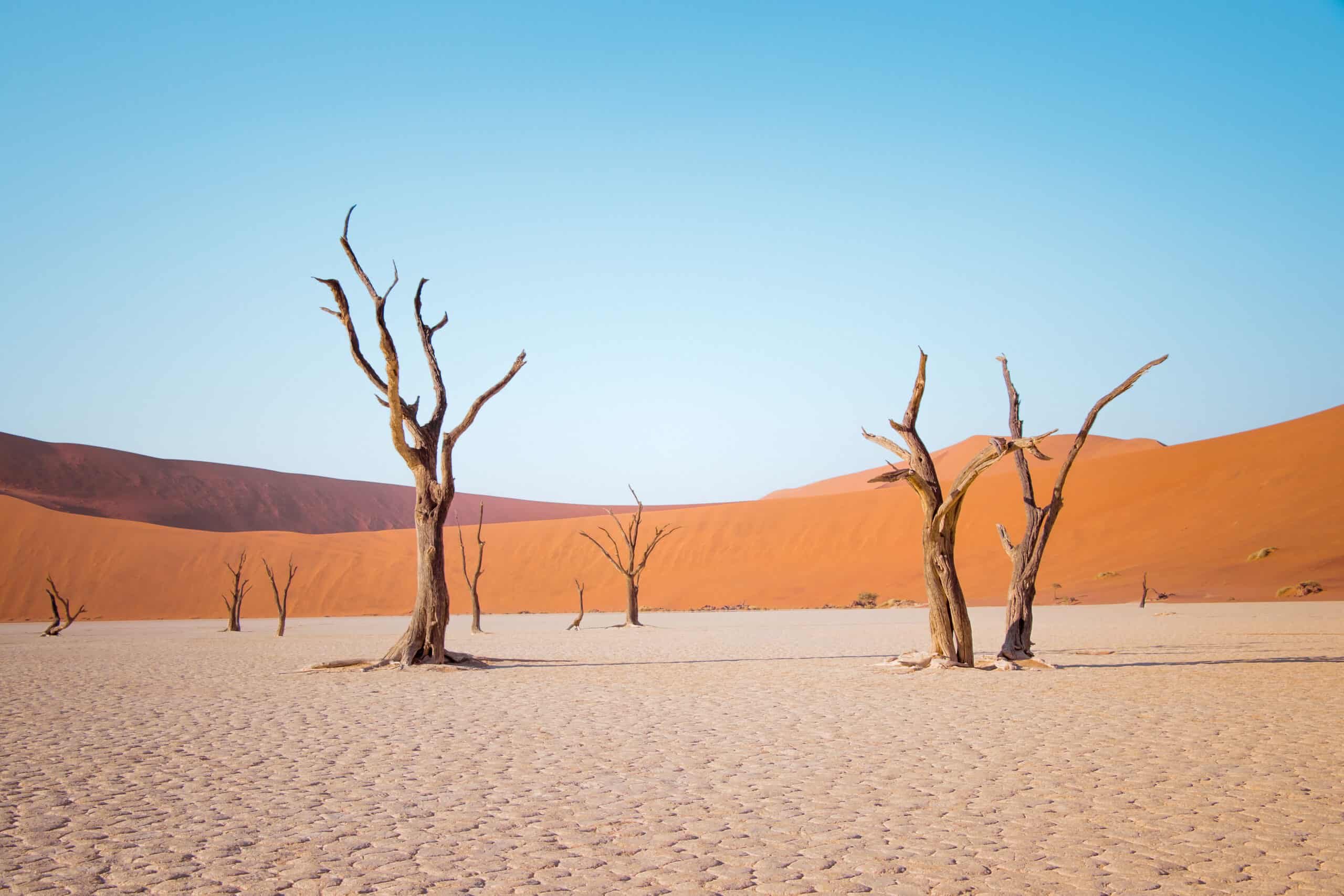Caves have long fascinated humanity, offering glimpses into hidden worlds beneath the Earth’s surface. These mysterious formations often hold secrets from the past—ranging from ancient art and religious rituals to natural wonders that seem otherworldly. Across the globe, caves have captured the imagination of explorers, scientists, and curious adventurers alike, as many remain largely unexplored or shrouded in myth. From towering crystal chambers to underground cities, each cave tells a unique story, revealing the planet’s geological history or the cultures that once used them as sacred spaces. Here are 20 of the most intriguing caves from around the world, each harboring its own hidden mysteries.
Lascaux Caves (France)
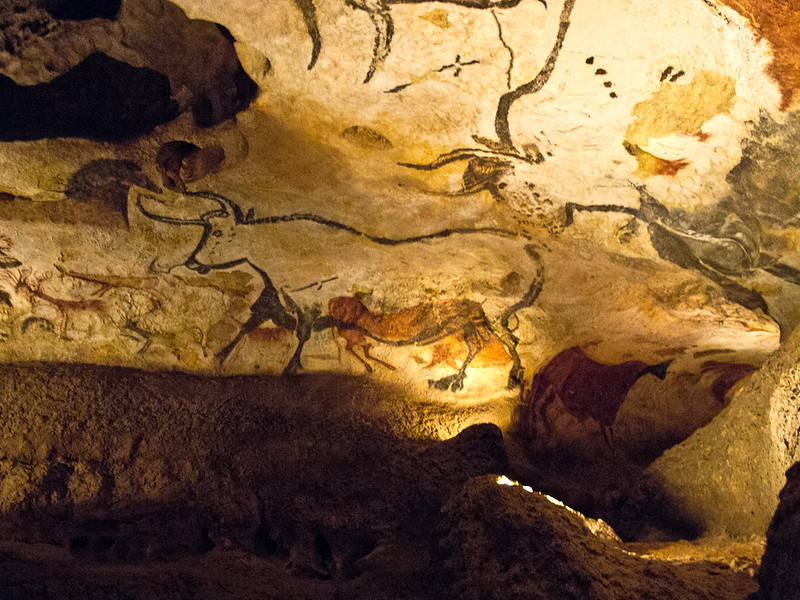
Nestled in the Dordogne region of France, the Lascaux Caves are an artistic treasure trove. Discovered in 1940, these caves contain some of the most exquisite prehistoric paintings in the world. The artwork, primarily depicting large animals, is over 17,000 years old. With vivid depictions of horses, stags, and bulls, the images have withstood the test of time, captivating historians and archaeologists alike. Interestingly, the exact purpose of these paintings remains unknown, leaving experts to speculate about ancient rituals or storytelling. Due to concerns over preservation, the cave was closed to the public, yet a replica was made to allow visitors to experience its grandeur. The mystery of these Paleolithic drawings continues to fascinate as new interpretations emerge.
Cave of the Crystals (Mexico)
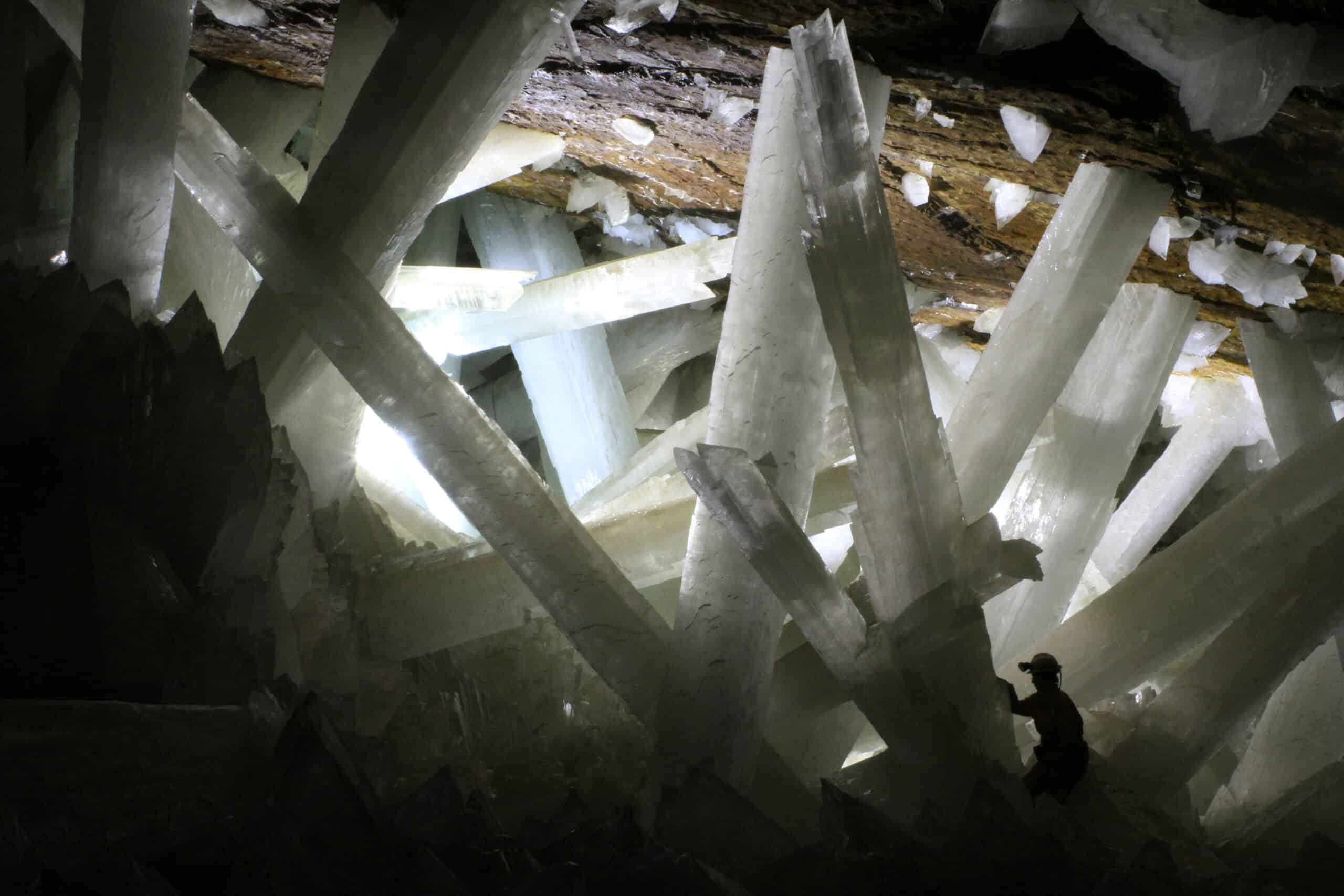
In the Chihuahua Desert lies the Cave of the Crystals, a surreal underground chamber filled with towering selenite crystals. These immense crystals, some reaching over 30 feet in length, were discovered by miners in 2000. With temperatures inside the cave reaching 136°F (58°C), it’s nearly impossible to explore without specialized gear. Scientists believe the crystals formed over hundreds of thousands of years due to the presence of mineral-rich water. Although beautiful, this cave is inhospitable, and its treasures remain largely unexplored. Its harsh environment, paired with the sheer size of the crystals, adds an element of danger and mystery. What other secrets lie hidden in this subterranean wonder?
Actun Tunichil Muknal (Belize)
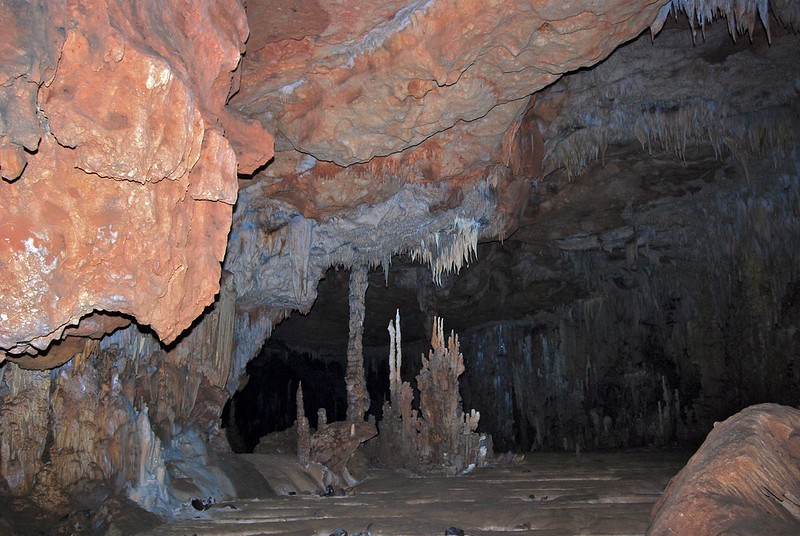
Deep within the jungles of Belize is the Actun Tunichil Muknal, a cave steeped in ancient Maya history. This cave, often referred to as the “Cave of the Crystal Sepulchre,” is famous for its skeletal remains, including the famous Crystal Maiden. These bones have fused with the cave’s limestone, giving them a sparkling, crystallized appearance. Archaeologists believe the cave was used for ceremonial sacrifices, with offerings left to appease gods or spirits. Visitors can still see ancient pottery, tools, and the haunting remains of those sacrificed. The eerie atmosphere, combined with its historical significance, gives this cave an otherworldly aura. Every turn within Actun Tunichil Muknal feels like a step back into a forgotten world.
Waitomo Glowworm Caves (New Zealand)
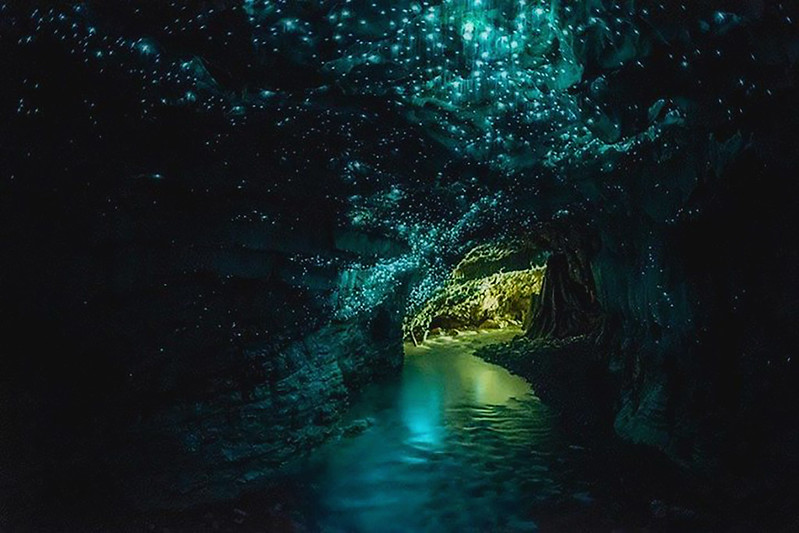
Unlike any other, the Waitomo Glowworm Caves in New Zealand light up in a way that defies natural expectation. Thousands of glowworms cling to the cave’s ceilings, casting an ethereal blue glow across the dark chambers. These bioluminescent creatures, known as Arachnocampa luminosa, are unique to New Zealand. The glow they emit serves as a lure to attract prey, creating an almost magical environment for visitors floating beneath them in small boats. While the glowworms are the star attraction, the limestone formations are also a sight to behold. Stalactites and stalagmites have formed over millennia, shaping the cave into a geological masterpiece. The symbiosis of biology and geology within Waitomo makes it one of nature’s most enchanting hidden secrets.
Škocjan Caves (Slovenia)

The Škocjan Caves in Slovenia form one of the largest underground canyons in the world, offering visitors a glimpse into a landscape shaped by powerful natural forces. These caves have been inhabited since prehistoric times, with archaeological finds dating back to 3000 BC. The Reka River flows through the cave system, creating dramatic waterfalls and rapids that carve out massive underground chambers. The most impressive of these is the Martel Chamber, one of the largest underground chambers ever discovered. Visitors often feel dwarfed by the scale of the caverns and the echoes of rushing water that fill the air. The cave’s ecosystem is just as remarkable, home to unique species adapted to its dark and damp environment. Škocjan Caves are recognized as a UNESCO World Heritage site, a testament to their global significance.
Reed Flute Cave (China)
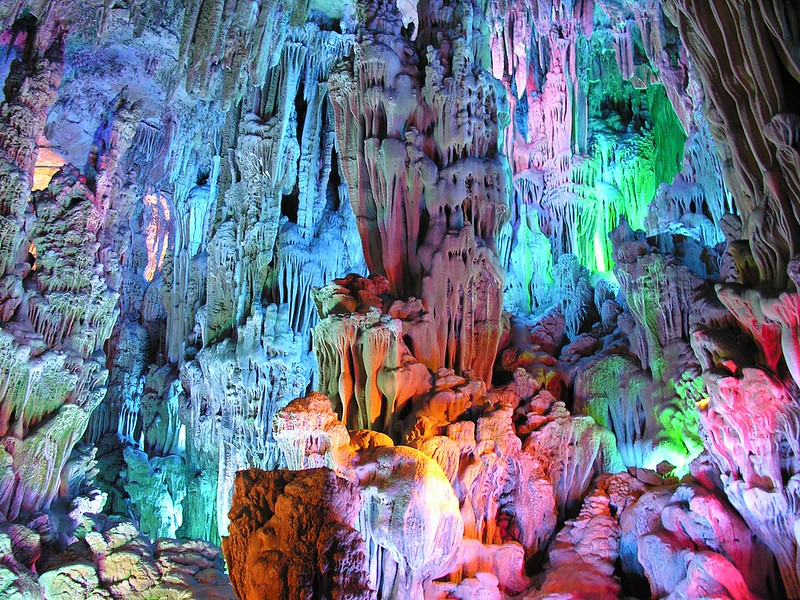
Hidden among the karst hills of Guangxi province, China, Reed Flute Cave is a natural masterpiece that has drawn visitors for over 1,200 years. The cave is adorned with multicolored lights, illuminating its intricate limestone formations. Named after the reeds that grow at its entrance, which can be made into flutes, this cave has long been associated with Chinese folklore. Visitors will find ancient inscriptions on its walls, some dating back to the Tang Dynasty. The cave’s natural beauty is accentuated by its vibrant stalactites, stalagmites, and pillars, each formed over millions of years. With its dreamlike atmosphere, Reed Flute Cave feels like a place born of myth and legend. Its walls have witnessed centuries of history, yet much remains unexplored.
Ellora Caves (India)

Carved into the Charanandri Hills, the Ellora Caves in Maharashtra, India, are an extraordinary display of ancient engineering and artistry. Dating back to 600-1000 AD, the complex consists of 34 rock-cut temples and monasteries, representing Buddhist, Hindu, and Jain traditions. These caves are not natural but man-made, with workers using primitive tools to carve intricate sculptures directly into the rock face. The most impressive structure, the Kailasa Temple, is a monolithic wonder, dedicated to the Hindu god Shiva. Its sheer scale and detail are breathtaking, with every inch covered in detailed carvings depicting mythological stories. The purpose behind the construction of these temples remains debated, but they stand as a testament to religious devotion. The Ellora Caves remain a symbol of India’s rich cultural and spiritual history.
Fingal’s Cave (Scotland)
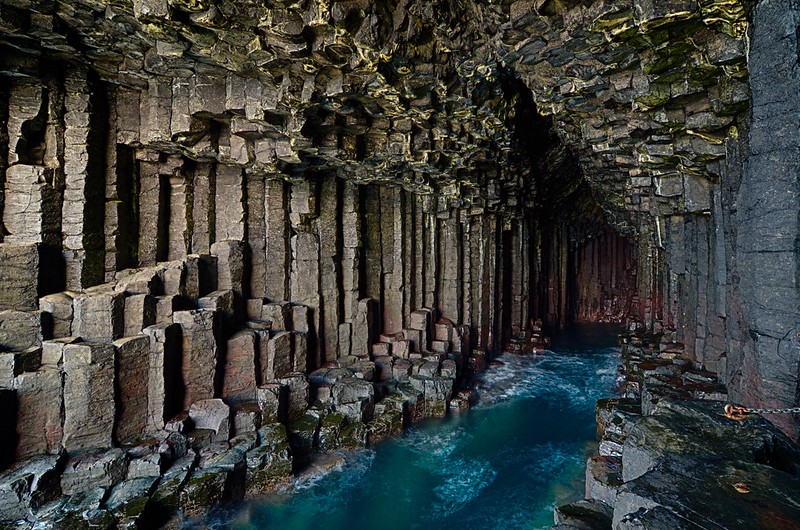
Fingal’s Cave, located on the uninhabited island of Staffa in Scotland, is a natural wonder that has inspired artists and musicians for centuries. Its unique hexagonal basalt columns were formed by volcanic activity millions of years ago. The cave’s interior is both striking and haunting, with the rhythmic sound of waves crashing inside creating an ethereal echo. German composer Felix Mendelssohn was so moved by his visit in 1829 that he composed his Hebrides Overture as a tribute to the cave’s haunting beauty. Despite its natural origins, the cave’s geometric structure looks almost too perfect to be real. The cave was named after the Irish giant Fionn mac Cumhaill (Fingal), adding a layer of myth to its mystique. Its otherworldly atmosphere continues to captivate all who venture to its shores.
Son Doong Cave (Vietnam)
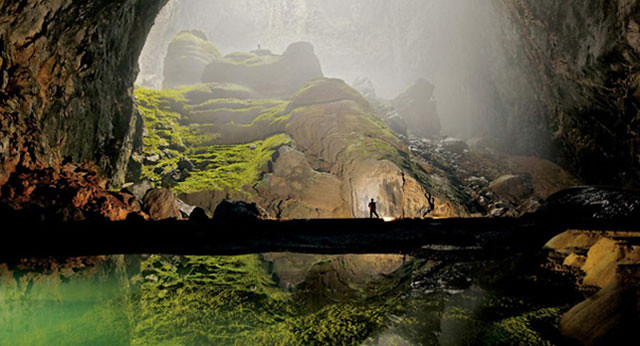
Deep in the remote jungles of Vietnam lies Son Doong, the largest cave in the world. Discovered in 1991 but fully explored only in 2009, this massive cave could house an entire city block. Inside, you’ll find a jungle growing under the light of the cave’s natural skylights and a river flowing through its vast chambers. Stalactites, some of the tallest in the world, dangle from the ceiling like giant chandeliers. What makes Son Doong even more mysterious is that it is still being explored—vast parts remain uncharted. Some scientists believe new species of plants and animals may be lurking within its unexplored depths. Son Doong is a testament to the wonders of nature that are still waiting to be discovered.
Mammoth Cave (USA)
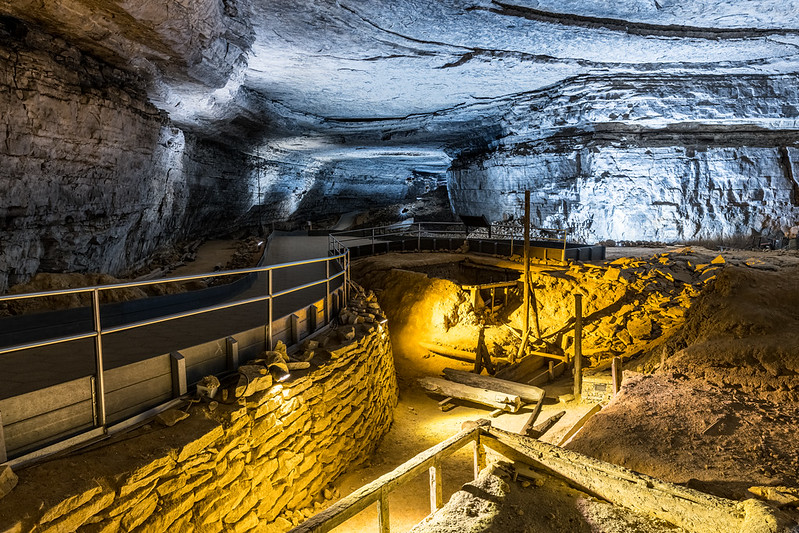
Mammoth Cave in Kentucky, USA, is the longest cave system in the world, with over 400 miles of explored passageways. Its sheer size is staggering, yet much of the cave remains uncharted, fueling speculation about its full extent. The cave is rich in history, having been used by Native Americans as early as 4,000 years ago for mining minerals. European settlers later discovered its vast chambers, which have been a tourist attraction since the early 19th century. Unique to Mammoth Cave are the rare eyeless cavefish and crayfish, which have adapted to life in perpetual darkness. Despite its popularity, Mammoth Cave retains an air of mystery, with stories of hidden passages and unexplained phenomena. It is truly a subterranean labyrinth waiting to be unraveled.
Derinkuyu Underground City (Turkey)
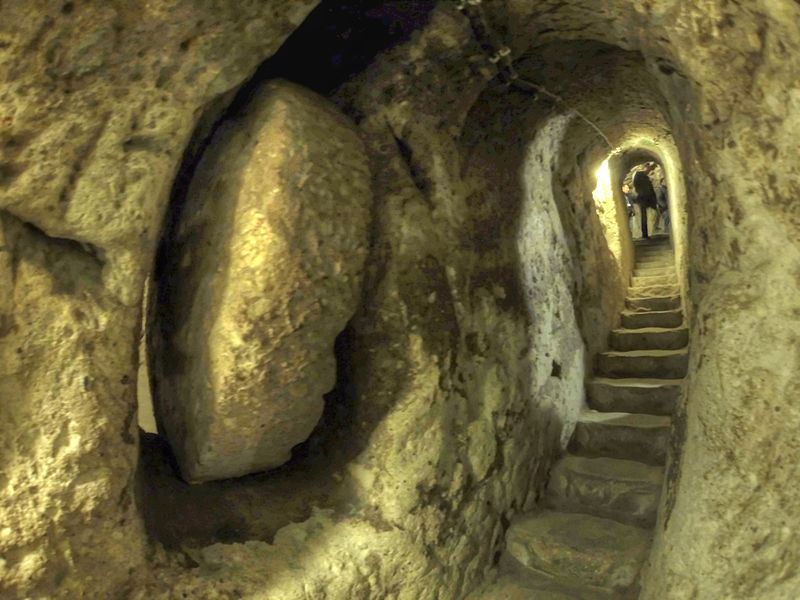
Beneath the surface of the Cappadocia region in Turkey lies the ancient city of Derinkuyu, a sprawling underground metropolis. Discovered accidentally in 1963, this subterranean city is believed to have been built by the Phrygians in the 8th century BCE. The city could house up to 20,000 people, complete with living quarters, storage rooms, churches, and even ventilation shafts. What’s most mysterious about Derinkuyu is its depth—it plunges 18 stories below ground, offering protection from invaders and harsh weather. Scholars believe the inhabitants used the complex to hide during times of conflict, retreating underground for extended periods. Even today, much of Derinkuyu remains unexplored, with some suggesting there could be links to other underground cities. The city’s hidden corridors continue to stir speculation about what lies beneath.
Smoo Cave (Scotland)
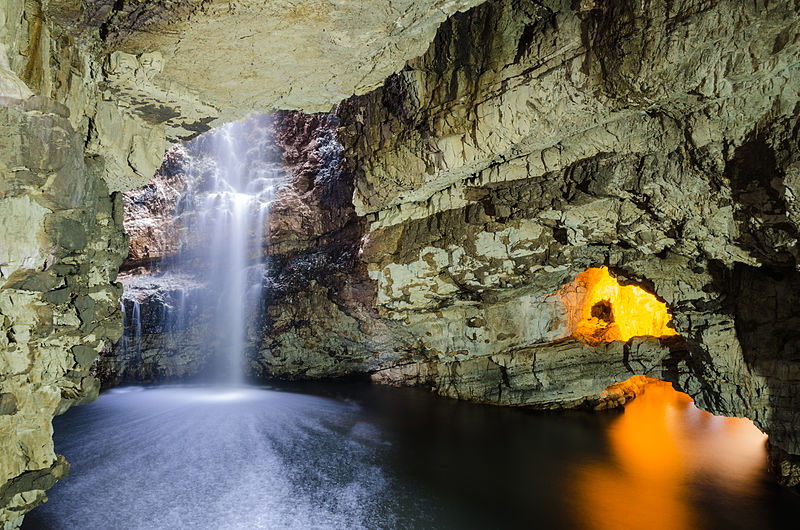
Perched on the north coast of Scotland, Smoo Cave is a unique blend of sea and freshwater cave formations. Its vast entrance, formed by the sea’s relentless erosion, contrasts with the inner chambers carved by a freshwater river, creating a rare geological phenomenon. Archaeological evidence suggests the cave was inhabited during the Neolithic period, and later Viking settlers used it as a shelter. The cave’s main chamber is massive, spanning 200 feet in length and 130 feet wide, making it one of the largest coastal caves in the UK. A hidden waterfall cascades into a pool within the inner cave, accessible only by boat. The combination of ancient human history, natural beauty, and its mysterious inner waterfall makes Smoo Cave a captivating destination. Legends of smuggling and ghostly apparitions add to its intrigue.
Batu Caves (Malaysia)
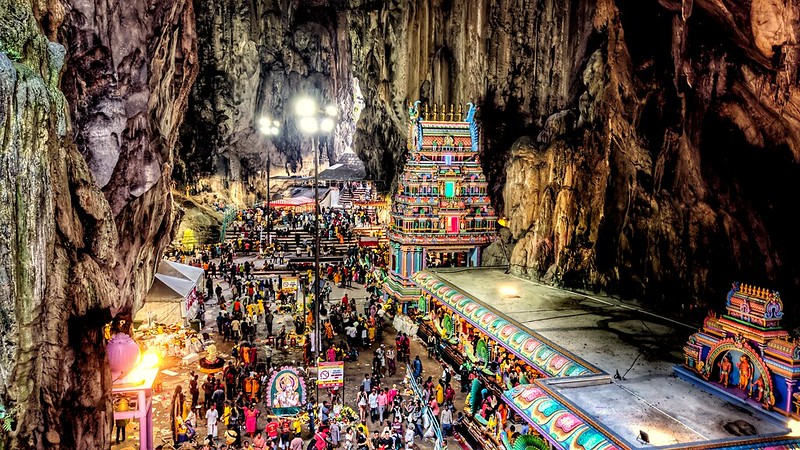
Located just outside Kuala Lumpur, the Batu Caves are one of Malaysia’s most famous landmarks, blending natural wonder with cultural significance. The caves, formed from limestone over 400 million years ago, now house several Hindu shrines, making them a major pilgrimage site. The most iconic feature is the towering golden statue of Lord Murugan, standing at the entrance to the cave complex. Inside the largest chamber, known as Cathedral Cave, visitors can explore its high ceilings and vibrant religious sculptures. However, not all of the caves are open to the public, fueling rumors of secret passages and hidden artifacts. Some believe that ancient treasures are still buried deep within the cave’s labyrinthine tunnels. The combination of religious importance and geological wonder makes Batu Caves a site of great mystery.
Cave of Swallows (Mexico)
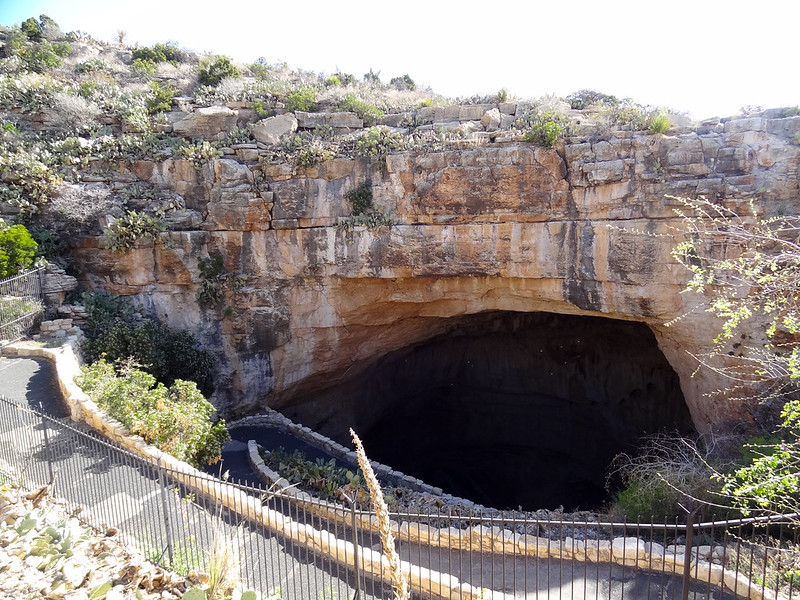
Cave of Swallows, located in the jungles of San Luis Potosí, Mexico, is one of the world’s deepest known cave shafts. With a freefall drop of nearly 1,200 feet, it’s a favorite spot for extreme base jumpers and spelunkers. The cave’s mouth, measuring over 160 feet in diameter, is surrounded by lush vegetation, giving it a hidden, almost magical feel. What sets this cave apart is the thousands of swifts and parrots that inhabit its entrance, creating a symphony of birdsong echoing through the chambers. Local legends speak of the cave being a portal to another world, guarded by the spirits of the jungle. The sheer scale and depth of the Cave of Swallows, combined with its remote location, make it one of the most awe-inspiring and mysterious caves on Earth. Some parts of the cave remain unexplored, leaving plenty of room for speculation.
Ali Sadr Cave (Iran)
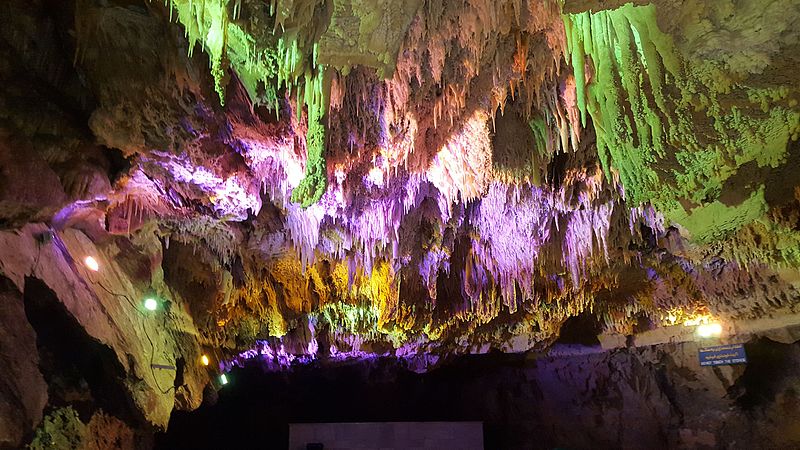
Located in the Hamadan province of Iran, Ali Sadr Cave is the world’s largest water cave, attracting visitors for its crystal-clear underground lakes. The cave is so vast that explorers travel through its chambers by boat, drifting past spectacular rock formations and ancient stalactites. With its labyrinthine tunnels and underground rivers, parts of the cave system remain largely unexplored. Archaeological evidence indicates that the cave was used as a shelter by prehistoric humans, and paintings found on the cave walls suggest a long history of habitation. Local myths claim the cave holds secret chambers filled with treasures left by ancient kings. Its mysterious waterways and hidden passages continue to entice adventurers. To this day, the full extent of the cave remains unknown, adding to its allure.
Carlsbad Caverns (USA)

Tucked within the Chihuahuan Desert of New Mexico, Carlsbad Caverns is one of the largest cave systems in the United States. Discovered by Jim White in 1898, the caverns are famous for their massive limestone chambers, including the aptly named “Big Room,” which is as large as six football fields. Visitors are often left speechless by the breathtaking stalactites and stalagmites that decorate the cave’s interior, some towering over 60 feet tall. The caverns are also home to an enormous colony of Mexican free-tailed bats, whose nightly exodus from the cave is a sight to behold. What lies beyond the explored sections of the cave is still a mystery, with researchers continually discovering new tunnels and chambers. The eerie quiet and vast darkness of Carlsbad Caverns evoke a sense of wonder and the unknown. Legends of hidden treasure and lost miners only add to its mystique.
Thrihnukagigur Volcano (Iceland)
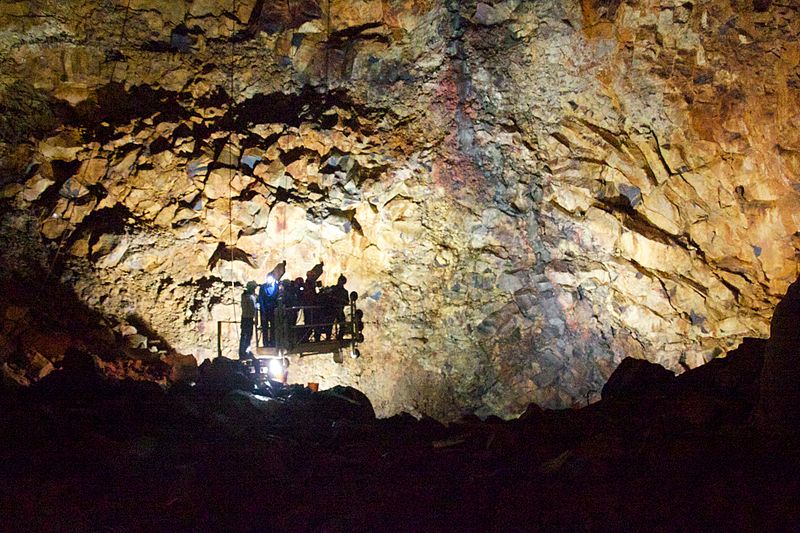
One of the few places on Earth where you can descend into a dormant volcano, Thrihnukagigur in Iceland offers a unique experience. Though technically a volcanic chamber rather than a cave, its 400-foot-deep magma chamber is a mysterious underworld of colorful mineral deposits. Dormant for over 4,000 years, Thrihnukagigur remains one of the most geologically fascinating sites in Iceland. The descent into the volcano reveals vibrant walls of red, yellow, and purple, stained by ancient eruptions. Despite its inactivity, scientists continue to monitor the volcano for any signs of life. Some believe the chamber holds secrets about the Earth’s core, waiting to be discovered by future explorers. The combination of science and the unknown gives Thrihnukagigur an air of mystery and adventure.
Ajanta Caves (India)

The Ajanta Caves in Maharashtra, India, are a stunning example of ancient Indian rock-cut architecture, dating back to the 2nd century BCE. Carved into the cliffs along the Waghora River, these 30 caves were used as monasteries and prayer halls by Buddhist monks. Inside, the walls are covered with intricate frescoes and sculptures, depicting the life of Buddha and stories from Buddhist teachings. What remains a mystery is how these monks, with rudimentary tools, created such detailed and extensive art within the confines of the cave. The caves were abandoned and forgotten for centuries until they were rediscovered in 1819 by a British officer. The intricate artwork and architectural marvels have puzzled historians for years, as many techniques used remain unknown. The Ajanta Caves continue to be a source of spiritual wonder and historical curiosity.
Cueva de los Tayos (Ecuador)
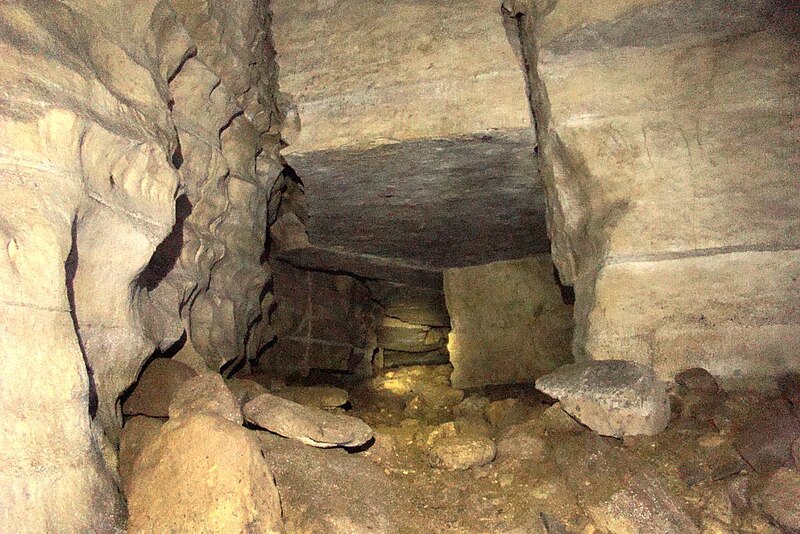
Cueva de los Tayos, located in the remote Ecuadorian jungle, is steeped in mystery and intrigue. The cave is best known for a 1976 expedition led by astronaut Neil Armstrong, fueled by rumors of hidden treasures and ancient artifacts. The indigenous Shuar people have long regarded the cave as sacred, and local legends speak of metallic books and golden statues hidden deep within its tunnels. While no such treasures have been confirmed, the cave’s vast system of passages and chambers remains largely unexplored. Some researchers believe the cave could hold evidence of an ancient advanced civilization. The combination of indigenous lore, modern exploration, and its remote, untamed setting gives Cueva de los Tayos a mystique that captivates adventurers and historians alike.
Devil’s Sinkhole (USA)
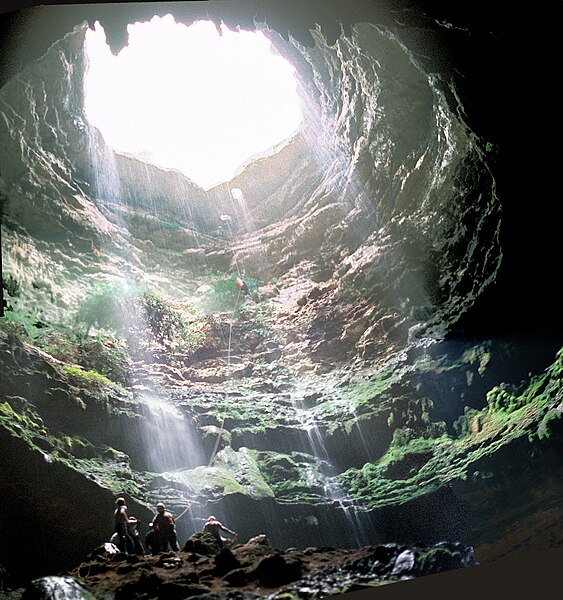
Hidden in the rugged terrain of Texas Hill Country, Devil’s Sinkhole is a vertical cavern with a gaping mouth that plunges 350 feet into the Earth. Its entrance is surrounded by jagged limestone, giving it an ominous appearance, hence the name. The sinkhole is home to one of the largest colonies of Mexican free-tailed bats, with millions emerging at dusk in a breathtaking display. Despite its natural beauty, Devil’s Sinkhole has been the subject of numerous ghost stories and local legends, with tales of treasure hidden by outlaws. Few have dared to venture into its depths, as the sheer vertical drop makes it perilous to explore. The sinkhole’s dark, unexplored regions and the eerie atmosphere make it one of the most mysterious cave formations in the United States.
This article originally appeared on Rarest.org.
More From Rarest.Org
Remote deserts hold a unique charm that captivates adventurers and nature lovers alike. These vast, desolate landscapes hide extraordinary natural wonders that defy their barren reputations. Read more.
When you’re in the mood for something offbeat and hilarious, lesser-known comedies can be a real treasure. These hidden gems often deliver laughter in unexpected ways. Read more.
Migration is one of the most remarkable survival strategies in the animal kingdom. Every year, countless species travel vast distances, navigating through oceans, skies, and land to find food, breed, or escape harsh weather. Read more.

